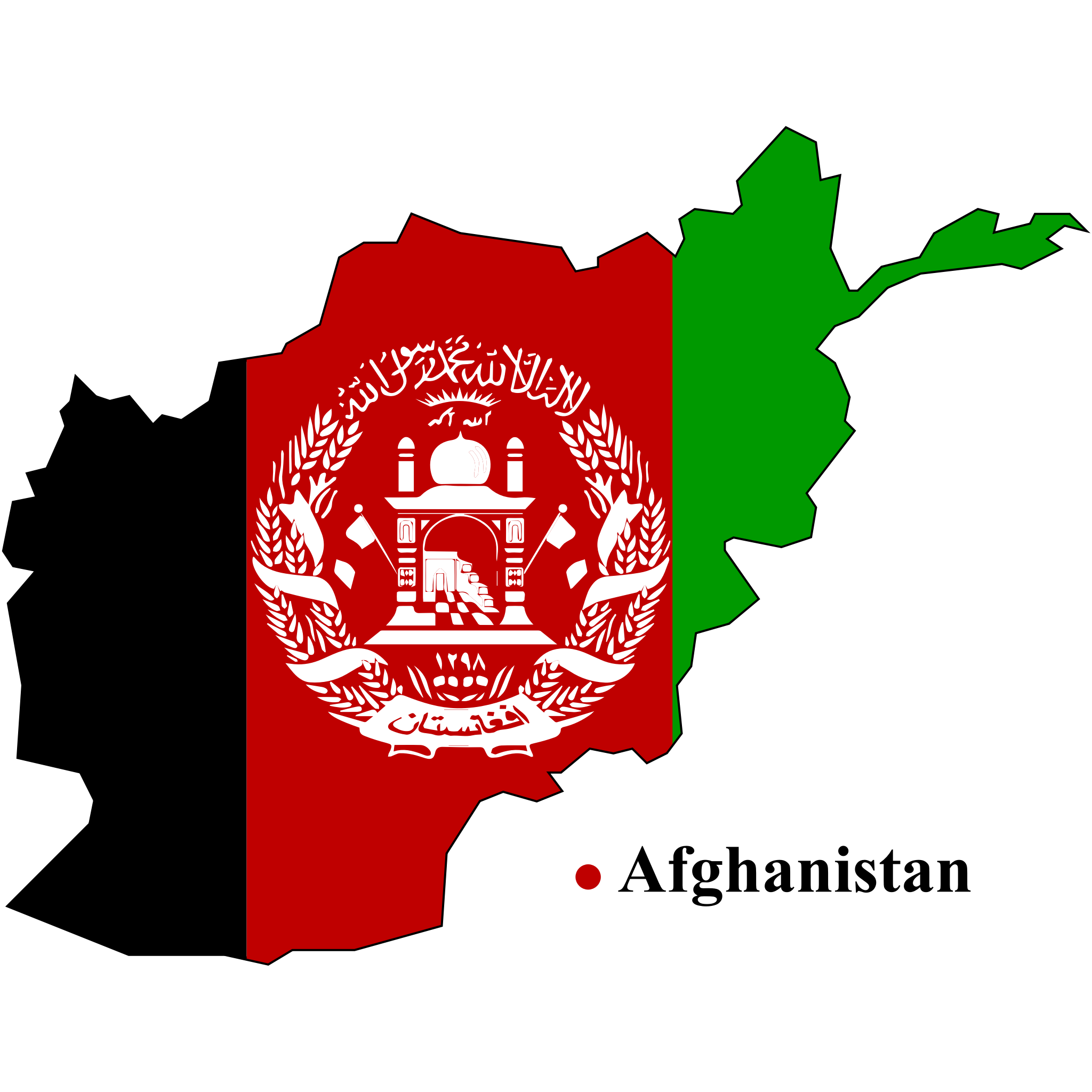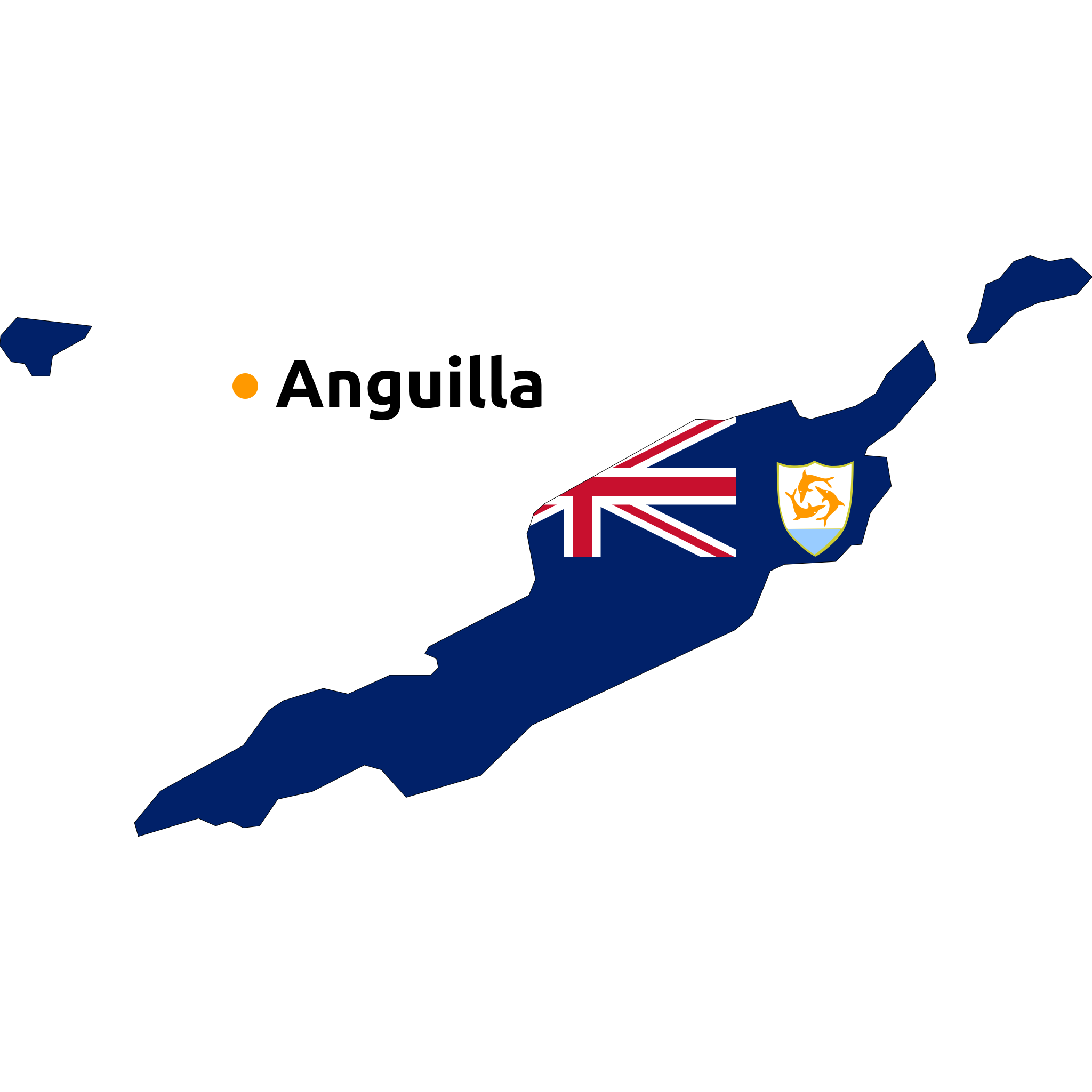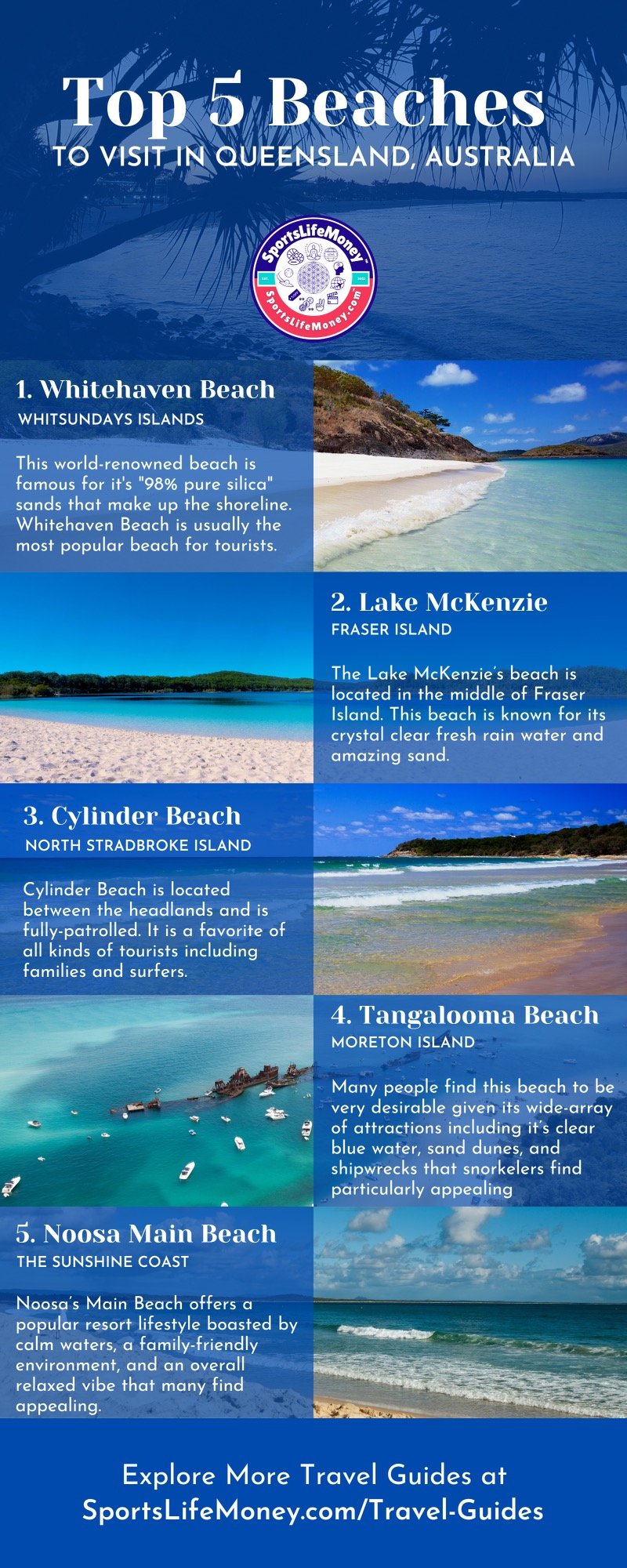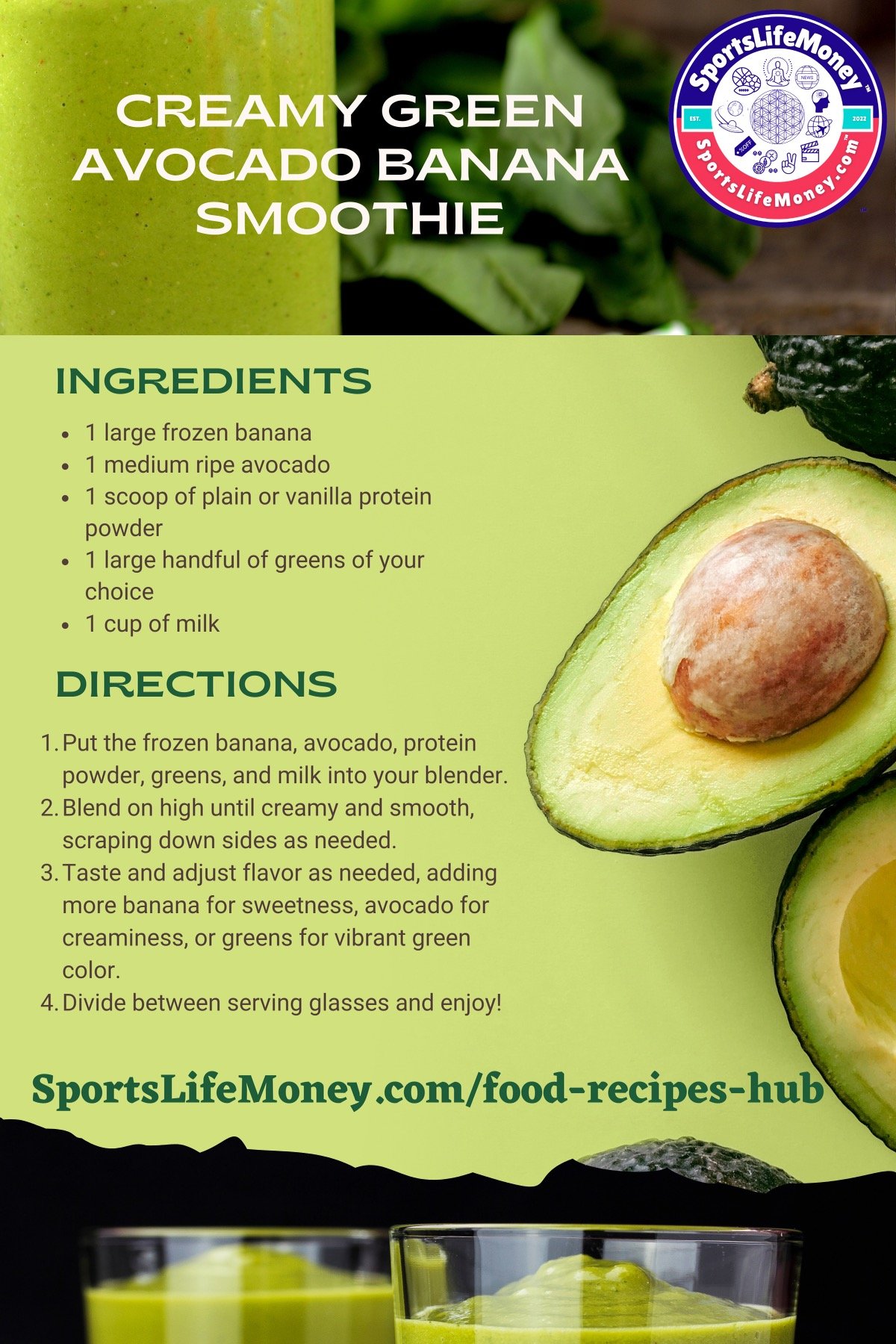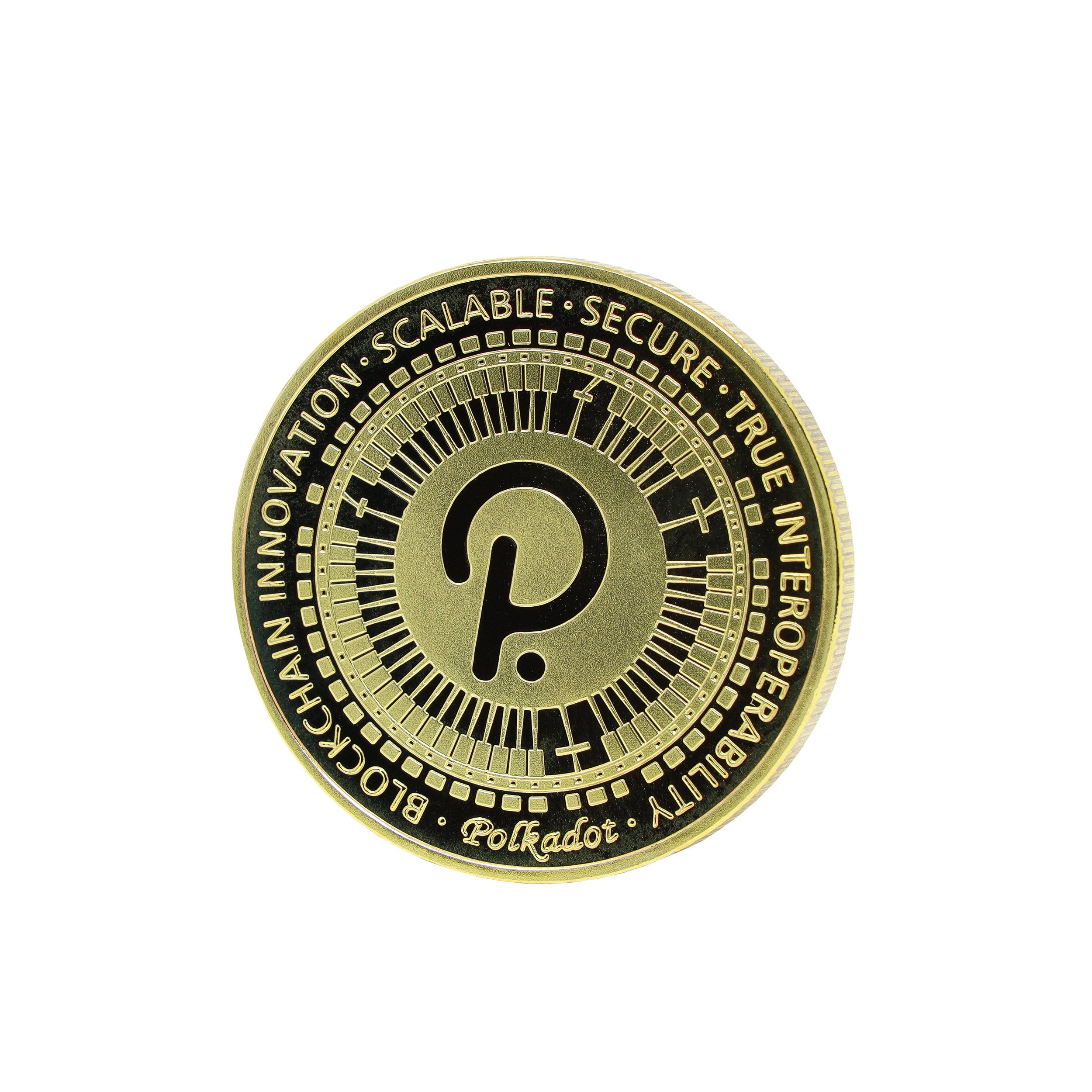Country Summary: Australia

Country Name: Australia
Capital: Canberra
Official Visa & Travel Information: Australian Government: Department of Home Affairs - Immigration & Citizenship (Visa Services)
Government Type: Federal Parliamentary Democracy under a Constitutional Monarchy; a Commonwealth realm.
Background: Aboriginal Australians arrived on the continent at least 60,000 years ago and developed complex hunter-gatherer societies and oral histories. Dutch navigators led by Abel Tasman were the first Europeans to land in Australia in 1606, and they mapped the western and northern coasts. They named the continent New Holland but made no attempts to permanently settle it. In 1770, English captain James Cook sailed to the east coast of Australia, named it New South Wales, and claimed it for Great Britain. In 1788 and 1825, Great Britain established New South Wales and then Tasmania as penal colonies respectively. Great Britain and Ireland sent more than 150,000 convicts to Australia before ending the practice in 1868. As Europeans began settling areas away from the coasts, they came into more direct contact with Aboriginal Australians. Europeans also cleared land for agriculture, impacting Aboriginal Australians’ ways of life. These issues, along with disease and a policy in the 1900s that forcefully removed Aboriginal children from their parents, reduced the Aboriginal Australian population from more than 700,000 pre-European contact to a low of 74,000 in 1933.
Four additional colonies were established in Australia in the mid-1800s: Western Australia (1829), South Australia (1836), Victoria (1851), and Queensland (1859). Gold rushes beginning in the 1850s brought thousands of new immigrants to New South Wales and Victoria, helping to reorient Australia away from its penal colony roots. In the second half of the 1800s, the colonies were all gradually granted self-government, and in 1901, they federated and became the Commonwealth of Australia. Australia contributed more than 400,000 troops to Allied efforts during World War I, and Australian troops played a large role in the defeat of Japanese troops in the Pacific in World War II. Australia severed most constitutional links with the UK in 1942, and in 1951 signed the Australia, New Zealand, and US (ANZUS) Treaty, cementing its military alliance with the United States. In 2021, Australia, the UK, and the US announced the AUKUS enhanced trilateral security partnership to maintain and expand the three countries’ edge in military capabilities and critical technologies. Australia’s post-war economy boomed and by the 1970s, racial policies that prevented most non-Whites from immigrating to Australia were removed, greatly increasing Asian immigration to the country. In recent decades, Australia has become an internationally competitive, advanced market economy due in large part to economic reforms adopted in the 1980s and its proximity to East and Southeast Asia.
In the early 2000s, Australian politics became unstable with frequent attempts to oust party leaders, including five changes of prime minister between 2010 and 2018. As a result, both major parties instituted rules to make it harder to remove a party leader.
Region: Oceania
Population: 26,461,166 (2023 est.)
Ethnic Groups: English 33%, Australian 29.9%, Irish 9.5%, Scottish 8.6%, Chinese 5.5%, Italian 4.4%, German 4%, Indian 3.1%, Australian Aboriginal 2.9%, Greek 1.7%, unspecified 4.7% (2021 est.)
Languages: English 72%, Mandarin 2.7%, Arabic 1.4%, Vietnamese 1.3%, Cantonese 1.2%, other 15.7%, unspecified 5.7% (2021 est.)
Religions: Roman Catholic 20%, Protestant 18.1% (Anglican 9.8%, Uniting Church 2.6%, Presbyterian and Reformed 1.6%, Baptist 1.4%, Pentecostal 1%, other Protestant 1.7%), other Christian 3.5%, Muslim 3.2%, Hindu 2.7%, Buddhist 2.4%, Orthodox 2.3% (Eastern Orthodox 2.1%, Oriental Orthodox 0.2%), other 2.1%, none 38.4%, unspecified 7.3% (2021 est.)
Economic Overview: Asian and global economic leader and partner for three decades; strong financial sector and highly traded domestic currency support best credit ratings; aging workforce; export-led model; reduced consumer spending offset by government and business; energy investor.
Currency: Australian Dollar (AUD)
Reserves of Foreign Exchange & Gold: $57.878 billion (31 December 2021 est.)
Real GDP (Purchasing Power Parity): $1.279 trillion (2021 est.); note: data is in 2017 U.S. dollars
Real GDP Growth Rate: 2.24% (2021 est.)
Real GDP per Capita: $49,800 (2021 est.); note: data is in 2017 U.S. dollars
Exports:
$389.794 billion (2021 est.); note: data is in current year U.S. dollars and does not include illicit exports or re-exports
Comparison Ranking: 21
Export Commodities: Iron ore, coal, natural gas, gold, and wheat (2021)
Export Partners: China 40%, Japan 14%, South Korea 9%, India 6%, Taiwan 4% (2021)
Imports:
$298.712 billion (2021 est.) note: data is in current year U.S. dollars
Comparison Ranking: 23
Import Commodities: Refined petroleum, cars, delivery trucks, broadcasting equipment, computers, and gold (2021)
Import Partners: China 28%, United States 10%, Japan 6%, Germany 5%, Thailand 5% (2021)
Natural Resources: Alumina, coal, iron ore, copper, lithium, tin, gold, silver, uranium, nickel, tungsten, rare earth elements, mineral sands, lead, zinc, diamonds, opals, natural gas, and petroleum.
Note 1: Australia is the world's largest net exporter of coal accounting for 26.5% of global coal exports in 2021; coal is the country’s most abundant energy resource, and coal ranks as the second-largest export commodity from Australia in terms of revenue; in 2020, Australia held the third-largest recoverable coal reserves in the world behind the United States and Russia.
Note 2: Australia is by far the world's largest supplier of opals.
Note 3: Australia holds the largest uranium reserves in the world, and was the second-largest global uranium producer behind Kazakhstan in 2020.
Note 4: Australia was the largest exporter of LNG in the world in 2020.
Agricultural Products: Sugar cane, wheat, barley, milk, rapeseed, beef, cotton, grapes, poultry, and potatoes.
Industries: Mining, industrial and transportation equipment, food processing, chemicals, and steel.
Industrial Production Growth Rate:
-0.55% (2021 est.)
Comparison Ranking: 162
Labor Force: 13.786 million (2021 est.)
Labor Force By Occupation:
Agriculture: 3.6%
Industry: 21.1%
Services: 75.3% (2009 est.)
Unemployment Rate: 5.11% (2021 est.)
Natural Hazards: Cyclones along the coast; severe droughts; forest fires; volcanism: volcanic activity on Heard and McDonald Islands.
Geography:
Total: 7,741,220 sq km
Land: 7,682,300 sq km
Water: 58,920 sq km
(Country Summary, The World Factbook, CIA.gov)
LEGAL, FINANCIAL, & TAX ADVICE DISCLAIMER: The information on SportsLifeMoney’s™ (“SLM”) websites, podcast network, videos, social media accounts, and other platforms (collectively, “SLM Platforms”) is strictly and solely provided for educational and informational purposes only. All of the information and materials on the aforementioned SLM Platforms do not constitute and are not intended to provide legal, financial, accounting, or tax advice, and should not be relied on in that respect. SLM recommends that you consult with an attorney, certified financial advisor, or licensed accountant to answer any legal, financial, or tax questions you may have. SLM also recommends that you consult with an attorney, certified financial advisor, or licensed accountant before making any legal, financial, or tax-related decisions based on content and/or subject matter included and/or discussed on any of the SLM Platforms. Before you act or rely on any information you have heard, read, viewed, and/or listened to on any of the SLM Platforms or communication mediums, SLM recommends that you confirm any and all facts that are important to your decision and that you subsequently consult with an appropriate professional (e.g., attorney, certified financial advisor, certified accountant, etc.) and have them review these facts and also confirm their validity. CAUTION: IF YOU RELY ON ANY INFORMATION, CONTENT, PRODUCT, OR SERVICE FROM ANY OF THE SLM PLATFORMS, YOU DO SO AT YOUR OWN RISK. YOU UNDERSTAND THAT YOU ARE SOLELY RESPONSIBLE FOR ANY AND ALL DAMAGES OR LOSS THAT YOU MAY INCUR THAT RESULTS FROM YOUR USE AND/OR RELIANCE OF ANY OF THE SLM PLATFORMS OR ANY OF THE CONTENT OR MATERIAL OTHERWISE PROVIDED ON ANY OF THESE SLM PLATFORMS. SLM AND ANY AND ALL OF ITS AFFILIATES MAKE NO IMPLIED OR EXPRESS REPRESENTATIONS OR IMPLIED OR EXPRESS WARRANTIES OF ANY KIND REGARDING ANY AND ALL INFORMATION ON ANY OF THE SLM PLATFORMS OR SLM’S AFFILIATE PLATFORMS. SLM AND ITS AFFILIATES WILL NOT BE HELD LIABLE FOR ANY DAMAGES. By continuing to use any of the SLM Platforms, you acknowledge and agree to the aforementioned terms and conditions of this disclaimer and any and all other legally binding terms and conditions set forth in SLM’s Privacy Policy, Terms & Conditions, and other legally binding agreements.
